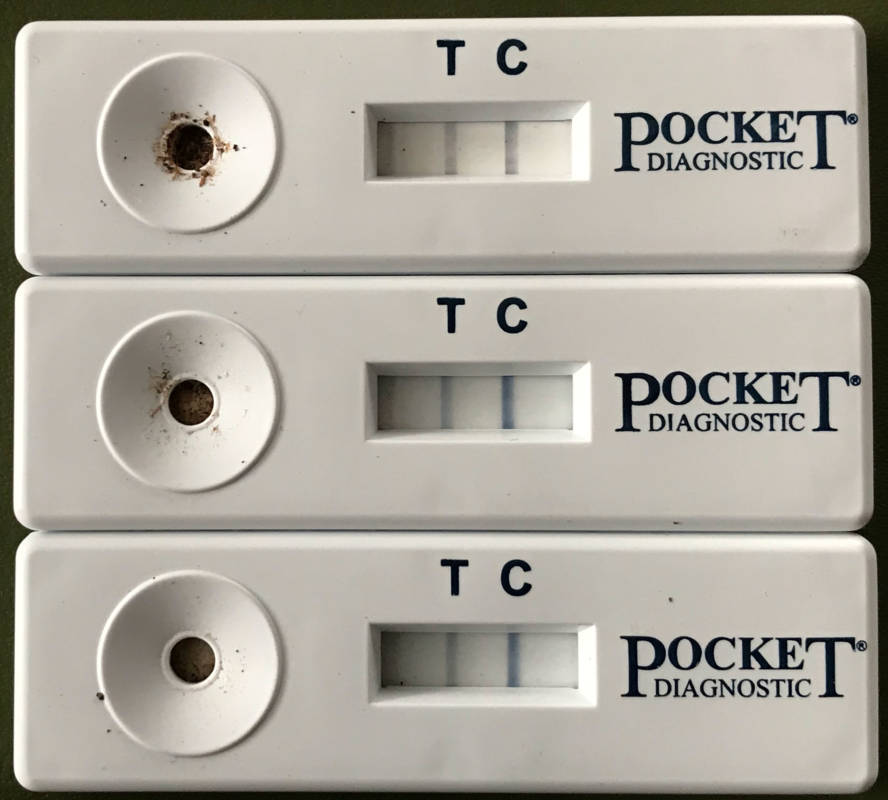
Has spring sprung?
It takes fifteen gardeners and four students to look after the garden at Waddesdon, and with the arrival of spring the team are busy preparing the grounds for everyone to enjoy.
Waddesdon is a great garden to look after, but it also has its challenges. As the heart of the formal garden is on the top of a flattened hill surrounded by heavy clay soils, the weather also determines what we can grow and how we plan our time. The gardeners amongst you will know that working wet clay soils can do more harm than good, and you will have all noticed how particularly cold this season has been.
Where have our polyanthus gone?
This winter has been particularly hard on the garden, with the snow, cold wind and rain, providing ideal conditions for what

This disease causes the roots, leaves and base of the polyanthus to soften and decay. First identified in the UK in the 1950s, this disease is not very common and only affects primroses and their relatives including polyanthus. As more and more polyanthus failed to thrive we needed to determine if this was simply a response to the cold wet weather. To identify if Phytophthora (meaning ‘plant destroyer’) was the culprit, we used a lateral flow device, similar to a pregnancy test kit, to determine its presence.

We tested ten of the most sickly looking plants by removing small sections of the leaves and crushing them into a small container. We then added this to the LFD and waited 20 minutes for the results. Eight plants came back positive, indicated by two stripes on the indicator strip.
With this clear result the garden team acted quickly to remove the polyanthus from the most infected beds. After Easter, we will test the remaining flower beds. If these are also infected, we will be removing all the polyanthus to prevent the spread of this disease.
Although it is disheartening to remove plants that usually bring such a display of colour to Waddesdon’s gardens, there is still plenty of colour left in the garden, especially in and around Daffodil Valley and the area below the Stables, which we call Tulip Patch.
Explore the colour in the garden through our Tremendous tree trail >
By Mike Buffin, Garden Manager





